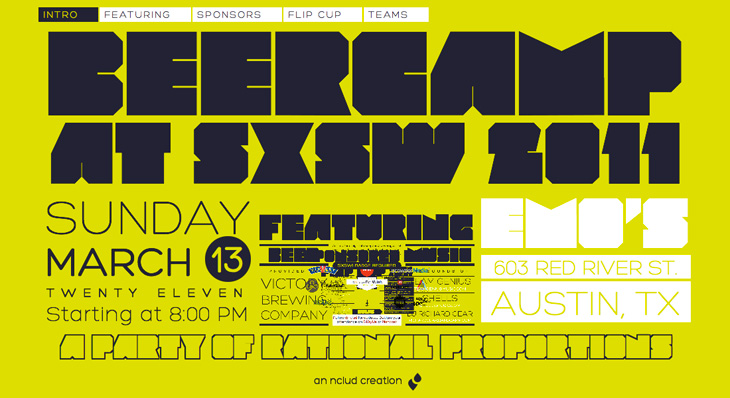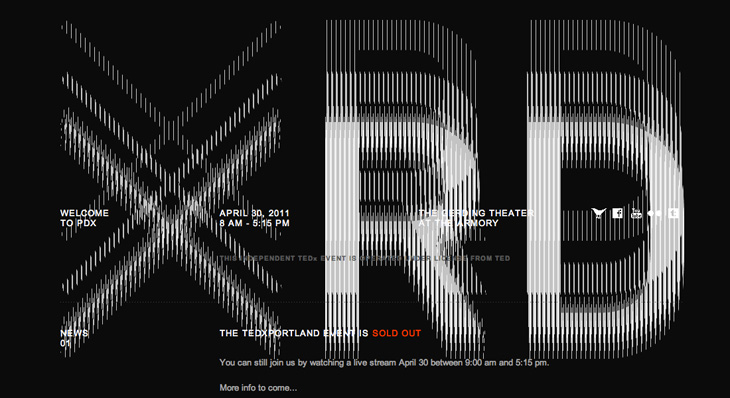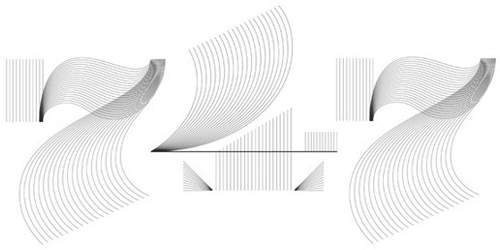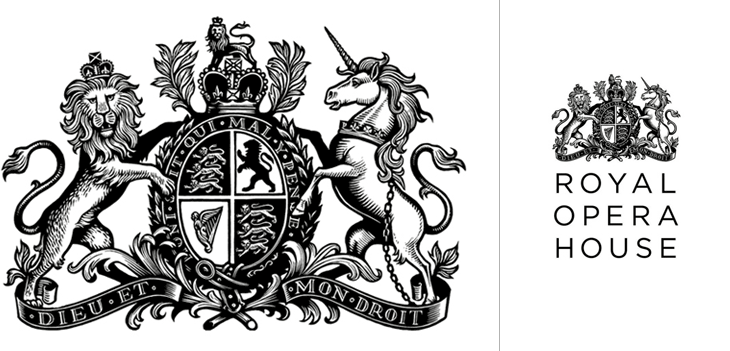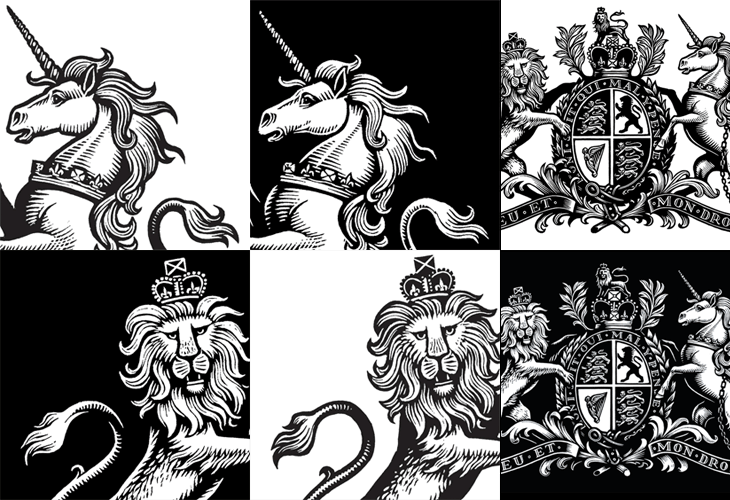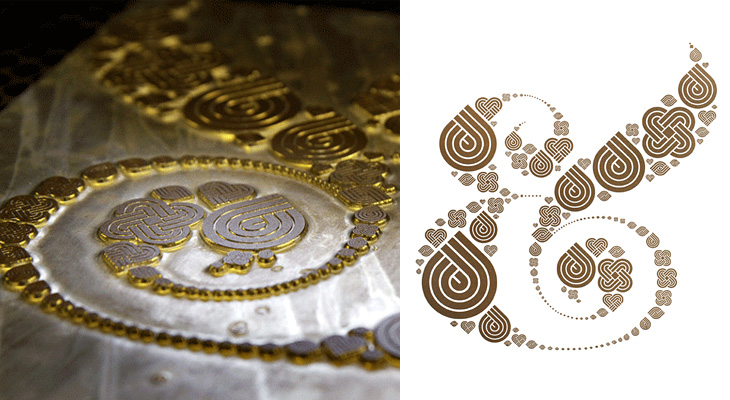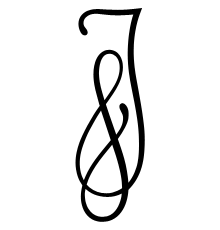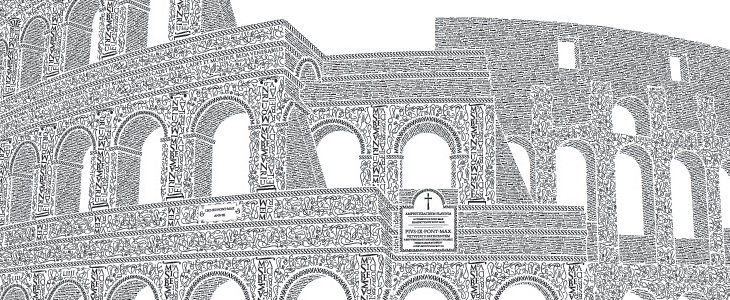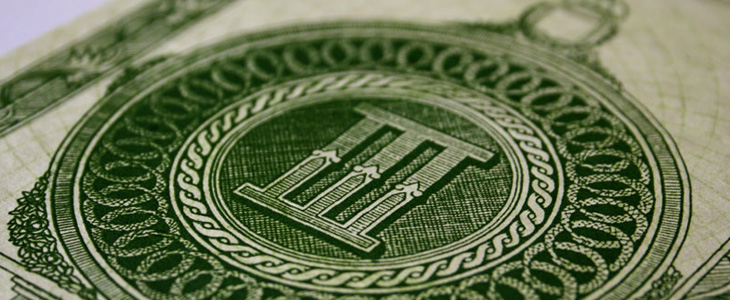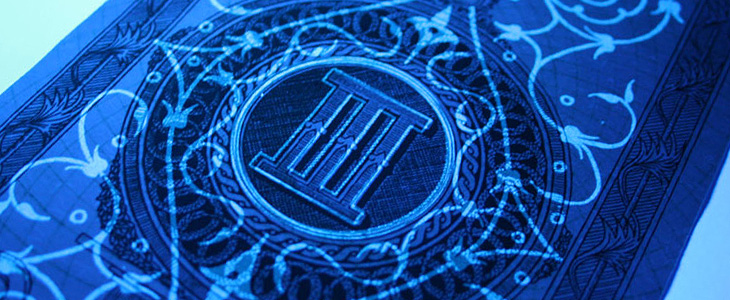These two sites each transform the common, straightforward act of scrolling into amusing visual effects. The Beercamp one uses a page-within-a-page idea, with a smart little in-joke right at the lowest level, instantly recognisable to anyone who’s seen that film. The zooming effect works really rather well and seems perfect for a small site like this. The TEDx Portland site is interesting in that the broken-CRT visual effect actually interferes with the text somewhat — you have to scroll more than you might do normally before the text (ahem) ‘below the fold’ is readable. That might be irritating, but it’s well done enough that it leaves you with more of a, “oh, that’s fun” feeling instead. Well, it does for me. Your mileage may vary.
